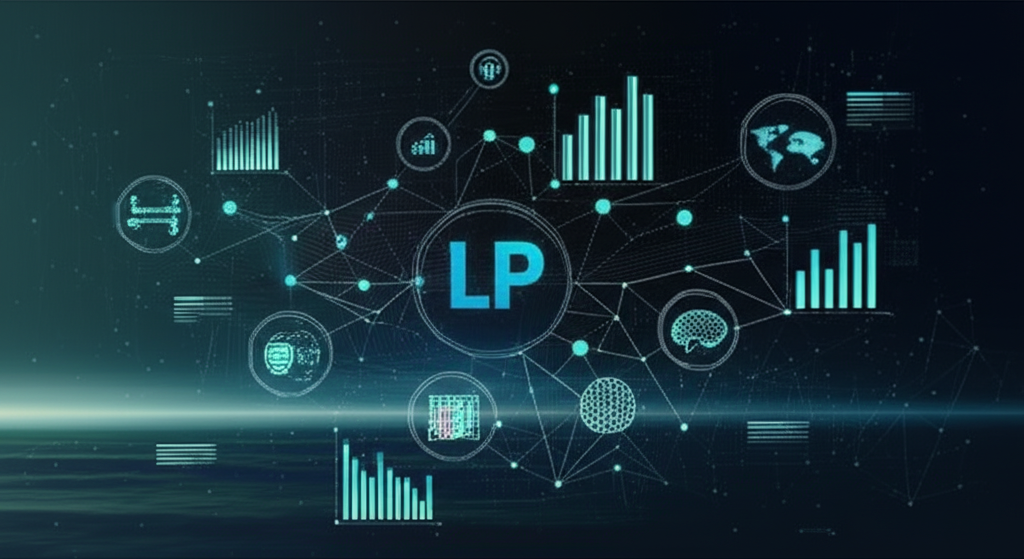Natural Language Processing: The Rise of Machines That Understand
Beyond Keywords: The Quest for Meaning
Natural Language Processing (NLP), a branch of Artificial Intelligence, has evolved dramatically from rudimentary systems that could only match keywords to sophisticated models that can understand context, sentiment, nuance, and even sarcasm. This leap in capability is what allows machines to interact with human language in a way that feels natural, intelligent, and increasingly human-like. This enables a wide range of powerful applications that were previously impossible.
The Transformer Revolution
The turning point for modern NLP was the invention of the Transformer architecture, introduced in the paper "Attention Is All You Need." Models like Google's BERT and OpenAI's GPT series, built upon this architecture, have revolutionized the field by enabling machines to process language with an unprecedented understanding of context. Unlike older sequential models (like RNNs and LSTMs), Transformers can process entire sequences of text simultaneously and use attention mechanisms to weigh the importance of different words in relation to each other, allowing them to grasp meaning, resolve ambiguity, and understand intent with remarkable accuracy, even across long texts.
NLP in Action: Real-World Impact
This technological leap has unlocked a vast range of powerful and transformative applications across industries:
-
Sentiment Analysis: Companies can analyze millions of customer reviews, social media comments, survey responses, and support tickets to gauge public opinion, understand customer satisfaction, identify emerging issues, and track brand perception in real-time. This provides invaluable market intelligence.
-
Intelligent Search and Information Retrieval: Modern search engines go beyond simply matching words; they understand the intent and context behind your query to deliver far more relevant and accurate results. This powers sophisticated enterprise search solutions that can surface critical information from vast internal knowledge bases.
-
Text Summarization and Generation: NLP models can read long documents, articles, or reports and provide concise, accurate summaries, saving users significant time. They can also generate entirely new, human-quality articles, emails, marketing copy, technical documentation, and even creative writing based on simple prompts or existing data.
At RaxCore, our NLP research focuses on creating domain-specific models for industries like law, medicine, and finance. We've developed models that understand complex legal jargon, medical terminology, and regulatory requirements, providing specialized intelligence and automation that generic, off-the-shelf models lack.
The future of NLP is multimodal—systems that can understand and process text, speech, images, and video together in an integrated way. As these technologies converge, we are moving toward a world where machines can communicate with humans as naturally, intuitively, and effectively as we communicate with each other, fostering unprecedented levels of human-machine collaboration.



